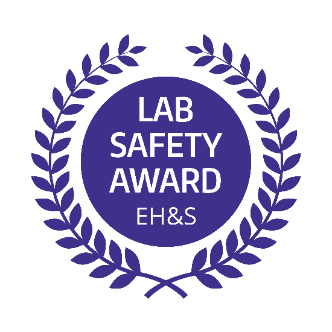Visit the Laboratory Safety Dashboard page to access the appropriate portal to the dashboard. Inspection reports and metrics are available to view based on your access level.
Principal investigators (PIs), responsible parties, chemical hygiene officers (CHO), and any delegates may access the PI portal of the Lab Safety Dashboard to review and respond to the current inspection findings and comments. After it is published, a report is available for 30 calendar days; after that time the report becomes part of the history, which are the closed inspection reports available for review that cannot be edited. The department chair for the PI or responsible party will have 15 business days to respond to any outstanding findings through the chair portal of the dashboard. The dashboard provides a PDF copy of the inspection report, the UW net ID and name of the responsible party, the inspection date, the date the dashboard will close, the number of findings, the number of responses received, and EH&S acknowledgement of each response. There is also a space for comments from the lab parties.
Additional tools accessed on the PI portal of the dashboard include a self-inspection tool, a staff list, and lab equipment records.
The dashboard also shows the safety rating calculated from the inspection results. The UW target, the UW average, the average for the College or School where the lab belongs, and the average rating of the home department are given as reference.
| Benchmark |
Rating % |
|---|
| UW Target: |
85 |
| UW Average: |
83 |
| College/School Average: |
84 |
| Department Average: |
89 |
If the lab receives a rating of 85 or above, this message is given: Based upon your recent laboratory inspection findings, you are meeting the University expectations for safety. Congratulations! You have been issued an award certificate. A link to print the PI Award Certificate is provided.
If the lab receives a rating between 84 and 75, this message is given: Based upon your recent laboratory inspection findings, you are nearing University expectations.
If the lab receives a rating below 75, this message is given: Based upon your recent laboratory inspection findings, opportunity for improvement is evident. Please work with EH&S to improve safety in your laboratory.
